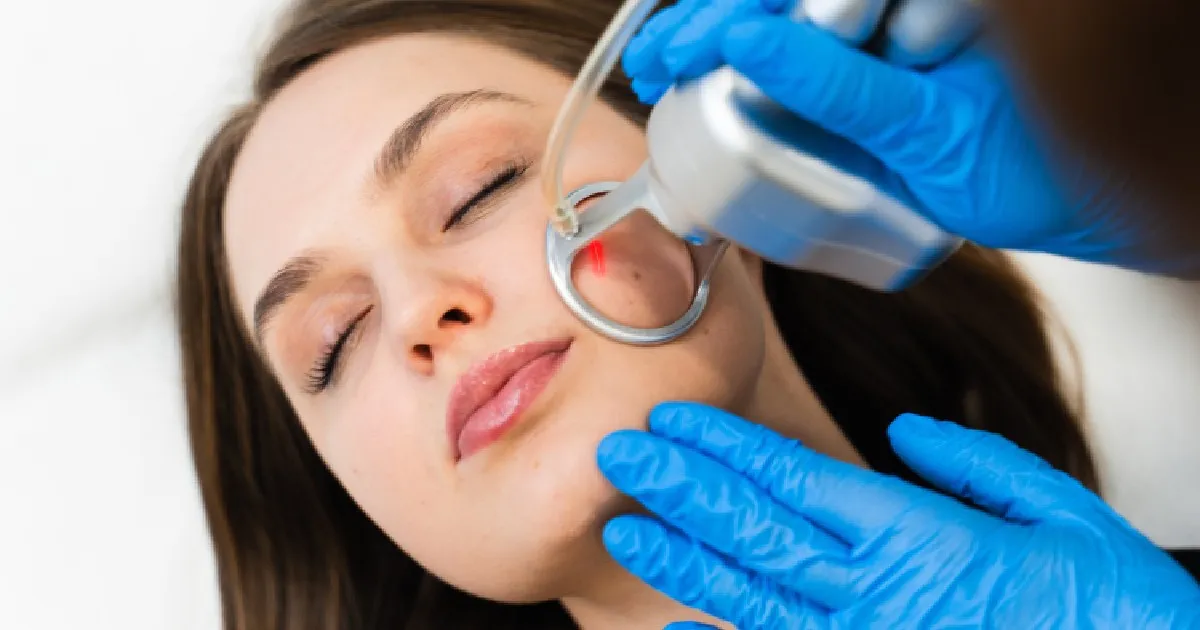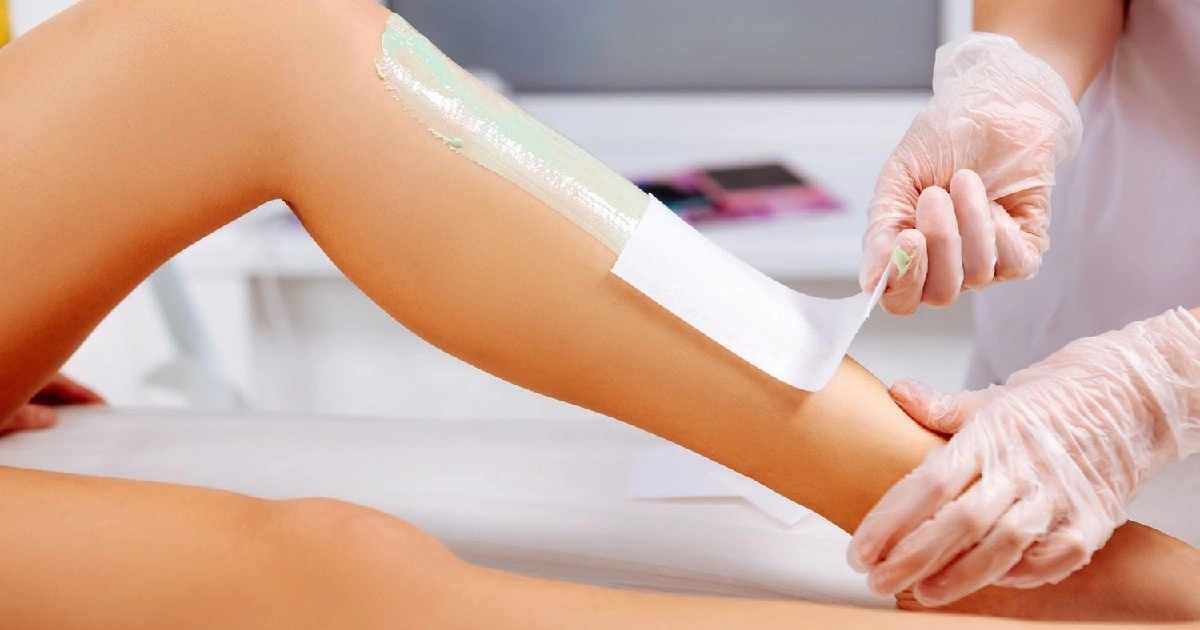The evolution of hair removal, a practice deeply ingrained in human history, has seen many techniques come and go. However, threading and waxing have consistently stood out and are celebrated for their enduring appeal and widespread use. More than just tools for beauty, these methods have journeyed through diverse cultures, mirroring the ever-changing ideals and norms of beauty. At the forefront of offering these timeless techniques is Soleil Medical & Beauty Spa, a haven for those pursuing exceptional wellness experiences. In this article, we journey through the rich history of threading and waxing, from their ancient beginnings to their present-day forms.
History of Threading
Threading is an ancient hair removal technique with unclear origins, used across various cultures and centuries.
- Origins: Threading is believed to have originated in the Middle East and South Asia, particularly in countries like India and Iran. It has been a traditional beauty practice in these regions for centuries. In these cultures, threading was not just a beauty practice but also a part of the ritual and tradition, especially in ceremonies like weddings and other significant events.
- Spread and Evolution: As people from these regions migrated to other parts of the world, they brought the threading technique. It led to its introduction in Western countries. Initially, threading was primarily practiced within communities from their regions of origin. However, it gradually gained popularity in mainstream beauty salons across Europe and North America. In recent decades, threading has become a widely recognized and sought-after method for eyebrow shaping and facial hair removal in the global beauty industry.
- Technique: Threading is a skilled hair removal technique using a thin thread at the follicle level, originating in certain cultures.
- Cultural and Aesthetic Appeal: Its appeal lies in its simplicity, precision, and the fact that it is a natural method without using chemicals. Threading gained particular popularity for eyebrow shaping, allowing for high accuracy in crafting the desired brow shape.
- Modern Times: Threading is a safe and natural hair removal method that is gaining popularity for its precision and non-invasiveness in removing facial hair.
History of Waxing
Waxing, like threading, is an ancient hair removal technique with a long and varied history across different cultures. Its origins and evolution reflect the changing beauty standards, technological advancements, and cultural practices over time.
- Ancient Origins: Ancient Egyptians used sugar waxing to remove hair and maintain smooth skin. A paste made from sugar, water, and lemon was applied to the skin and yanked, pulling out hair. In ancient Rome, hairless bodies were also considered a mark of beauty and civility. Roman women used various methods, including waxing, to remove body hair. The wax was made from substances like beeswax and resin.
- Middle Ages and Renaissance: During these periods, hair removal waxed and waned in popularity, often influenced by prevailing religious and cultural attitudes toward body hair.
- Modern Evolution: Waxing as a hair removal technique became more widespread with current cosmetic practices in the 19th century. The method gained significant popularity in the Western world, especially during the 20th century, as changing fashion and beauty standards (such as shorter skirts and sleeveless dresses) increased the desire for hair removal on legs and underarms.
- Technological Advancements: Developing new waxes and waxing techniques, including strip and hard wax, made the process more effective and accessible.
- Salon Culture: The growth of the beauty salon industry in the 20th century played a significant role in popularizing waxing. It became a standard service offered at most beauty salons.
- Brazilian Waxing: In the late 20th century, Brazilian waxing became popular, especially after being introduced in New York by seven Brazilian sisters in the 1980s. This waxing style removes almost all pubic hair, a significant shift from previous norms.
- Contemporary Trends: Today waxing is a widely accepted and practiced method of hair removal worldwide. It is famous for cosmetic and hygienic reasons and is used by people of all genders. The industry continues to evolve with new waxes and techniques that cater to different skin types and preferences, reflecting ongoing innovations in beauty and personal care.
Benefits of Threading and Waxing
Threading and waxing are two popular hair removal techniques, each with its own set of benefits. Here’s a breakdown of the advantages of each method:
Threading
- Precision: Threading allows for exact shaping, making it ideal for eyebrow shaping, where every hair counts.
- Less Skin Damage: Threading does not remove a layer of skin like waxing does.
- No Chemicals: Threading uses no chemicals, only a cotton thread. It is an excellent option for those who prefer a more natural approach or have allergies to waxing products.
- Long-Lasting: Threading can produce results that last anywhere from two to six weeks.
- Suitable for Sensitive Skin: People with eczema or rosacea often find threading less irritating than waxing.
- No Heat: Since threading doesn’t involve heat (like waxing does), it’s a safer option for individuals who tend to skin pigmentation or those using retinoids or acne treatments.
Waxing
- Efficiency for Larger Areas: Waxing can remove hair from larger areas quickly, such as legs, arms, and back, making it more efficient than threading for these areas.
- Longer-Lasting Smoothness: Because wax removes hair from its roots, it leaves the area hair-free for longer.
- Thinner and Finer Hair Regrowth: Regular waxing can lead to hair growing back finer and sparser over time.
- Exfoliation: Exfoliating the skin can also leave it smoother by removing dead skin cells.
- Suitable for Thick Hair: Waxing can be more effective for removing coarser, thicker hair that might be difficult to remove with threading.
- Speed: Waxing can cover large areas quickly, making it a time-efficient method for hair removal.
Consult a Professional
The choice between threading and waxing often depends on the area of hair removal, your skin type, pain tolerance, and personal preference. Threading is generally preferred for facial hair, especially eyebrows, due to its precision, while waxing is often chosen for larger body areas. It’s always a good idea to consult a professional esthetician, especially if you have sensitive or specific skin concerns.
Takeaway
Threading and waxing stands are time-tested, practical methods for hair removal, offering precision, longevity, and a range of benefits for skin health and beauty. At Soleil Medical & Beauty Spa, we pride ourselves on providing these services with the utmost care and professionalism. Embrace the confidence that comes with smooth, beautifully groomed skin by choosing our expert services. Ready to experience the best in hair removal? Don’t hesitate to contact us or book an appointment today. Let us help you reveal your best self at Soleil Medical & Beauty Spa, where beauty and wellness meet.





